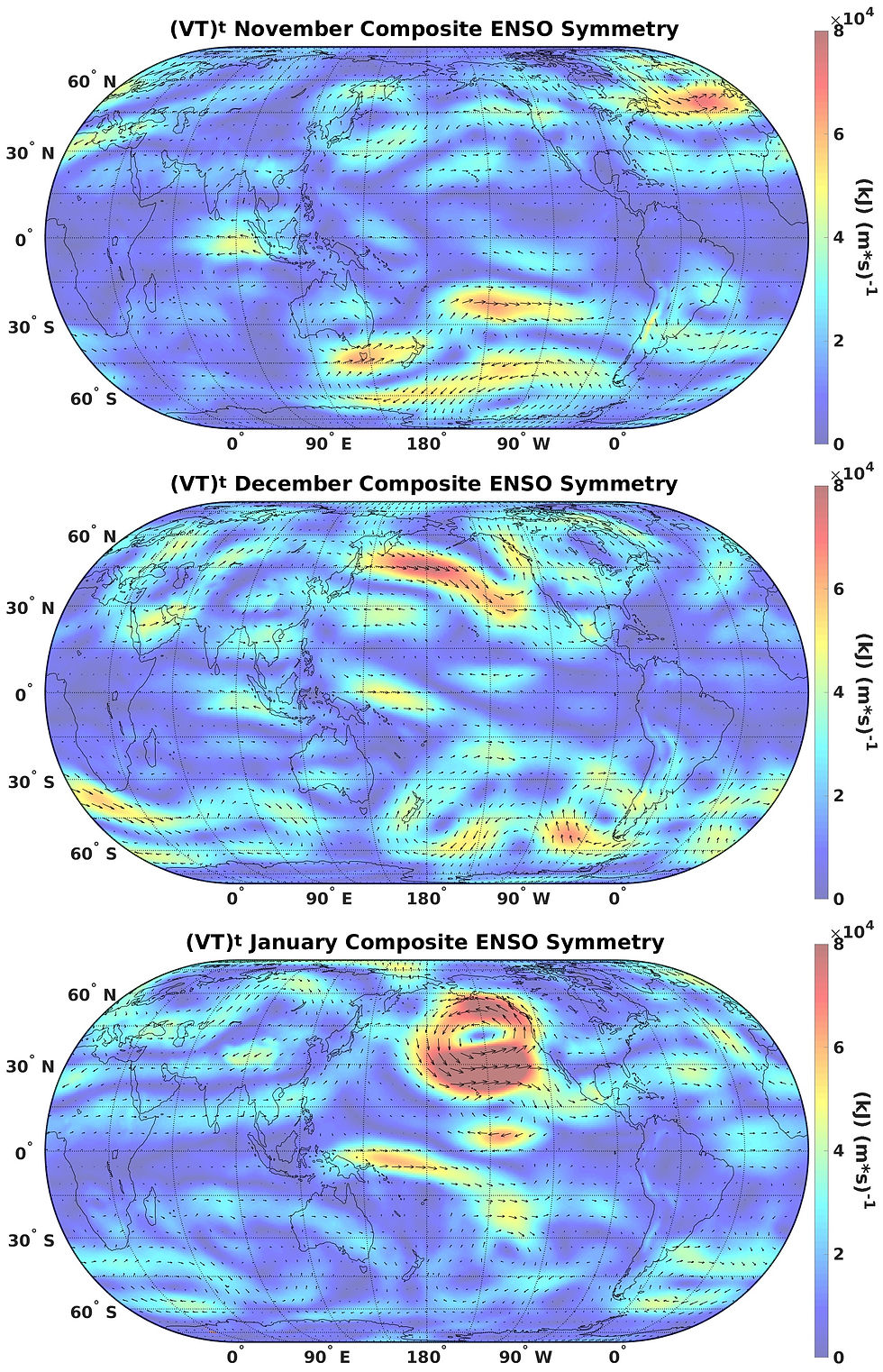Oscillation Elation: Weather with Evan
- Evan Kutta
- Jan 30, 2018
- 4 min read

Ok- introductory anecdote time! So this one time, in college, I attended a meeting for the Meteorology Club. My roommate was huge into earth sciences (birds of feather, amirite?) and thus, we scuttled into room 102 in the Natural Sciences Building, one Monday evening, to run reconnaissance on other weather nerds on campus. This was kind of a big deal, and not because we had to leave our Super Smash Bros. to venture back onto campus. This MC meeting will forever be seared into my neurons by the opening remarks from Dr. Lupo. A face everyone knew (the department wasn't awfully big #nichedegree), Lupo took his time calling the meeting to order.

"Hey, everyone, thanks for coming today, I see we have some new faces. Come on in! Guys, be sure to sign up for the Storm Chase Team, that's gonna get rolling here in a few weeks." I nodded with the rest of the group, as I had spent many hours watching sexy storm systems roll over my roommate's computer screen, while we waited for the expected thunder to resound outside. This gave me some understanding of the discussion at hand, right? Lupo continued, "Let's get the ball rolling then, and let people trickle in as they do. I was almost late myself, just came from the gold course."
The room still buzzed with shallow conversations and Lupo, the tenured professor that he was, knew how to command his audience. Above the drolling voices I heard him say, "I was going to suggest we make golf a fundraising event for the club, but then you'd all see my stroke... and with you guys I wouldn't be able to blame it on the Coriolis effect." *cue explosion of college laughter* The room went totally mad. I am telling you, I didn't see it coming. I sat there, aphasic in my insurmountable shock that for the first time, maybe in my life, someone had told a terrible nature pun that every single human in the room understood....but me. When I arrived at Mizzou, the array of like-minded nature nerds insulated me with a delirious notion that I was going to be in on every horrendous pun going forward. How boring would my comedic experiences be if any part of that statement had been true.
The Meteorology Club was rife with passion and an acute awareness of the forces sculpting humanity. My days rolling with the MC crowd have forever colored my understanding of what it is to observe any singular moving part in the sublime mechanics of Mother Nature. Among those amicable smiles and dazzling minds, was one person who occupies a loving cavity in my heart. Dr. Evan Kutta is one of those crowning, mellow souls with acute insight into whatever topic is passion directs him. In the years since I have known him, Evan's love has always been found in the skies. I have learned more about the movement of heaven and it processes from our long late-night talks than I could possibly endeavor to remember. Below is the tip of Evan's radiant research iceberg. Follow the link at the bottom of the page to learn more about the marvelous symmetry of Earth's weather systems!
El Nino-Southern Oscillation (ENSO) Symmetry

"Earth's climate system involves the atmosphere, hydrosphere, cryosphere, biosphere, and lithosphere. This means that, in addition to the atmosphere, all living organisms and the water, soil, or ice they live in or on are all key components of Earth's climate system. This makes climate variability a difficult topic to fully understand, especially when considering the broad range of spatial (e.g. local, regional, hemispheric, and global) and temporal (e.g. intra-annual, inter-annual, decadal, etc.) scales included in the phrase climate variability. However, today I will be discussing the El Niño-Southern Oscillation (ENSO), which is widely regarded as the dominant mode of inter-annual (i.e. year-to-year) climate variability. ENSO is characterized by an oscillation of sea surface temperature anomalies (SSTAs) within the tropical Pacific Ocean (5ºN-5ºS, 170ºW-120ºW) where the warm and cool phases are commonly referred to as El Niño and La Niña, respectively. ENSO events typically reach peak intensity during the northern hemisphere winter and El Niño (La Niña) events generally result in warmer and wetter (cooler and drier) than normal conditions across North America.
I was the lead author on a recent publication in Atmospheric Research regarding the symmetry (i.e. equal and opposite) of global circulation anomalies between each phase of ENSO events of increasing magnitude. However, for the purposes of this writing, I will focus on the new and different results presented by this work across North America.
As positive SSTAs increased in magnitude (i.e. stronger El Niño events) fluxes of both sensible (temperature) and latent (moisture) heat increased and shifted increasingly southeastwards across the west coast of North America. Alternatively, as negative SSTAs increased in magnitude (i.e. stronger La Niña events) anomalous fluxes of both sensible and latent heat decreased and shifted northwestwards across the west coast of North America. Another novel aspect of this work was to assess these anomalous patterns each month during the early winter season (November-January) and it was found that the most predictable impacts across North America was during January. Therefore, the greatest impacts across the west coast of North America were found during Januarys of strong El Niño events and December of weak La Niña events."
All the Best,
Evan Kutta
Research paper:
https://www.researchgate.net/publication/319126492_Symmetric_and_asymmetric_components_of_anomalous_tropospheric-mean_horizontal_fluxes_of_latent_and_sensible_heat_associated_with_ENSO_events_of_variable_magnitude





Comments